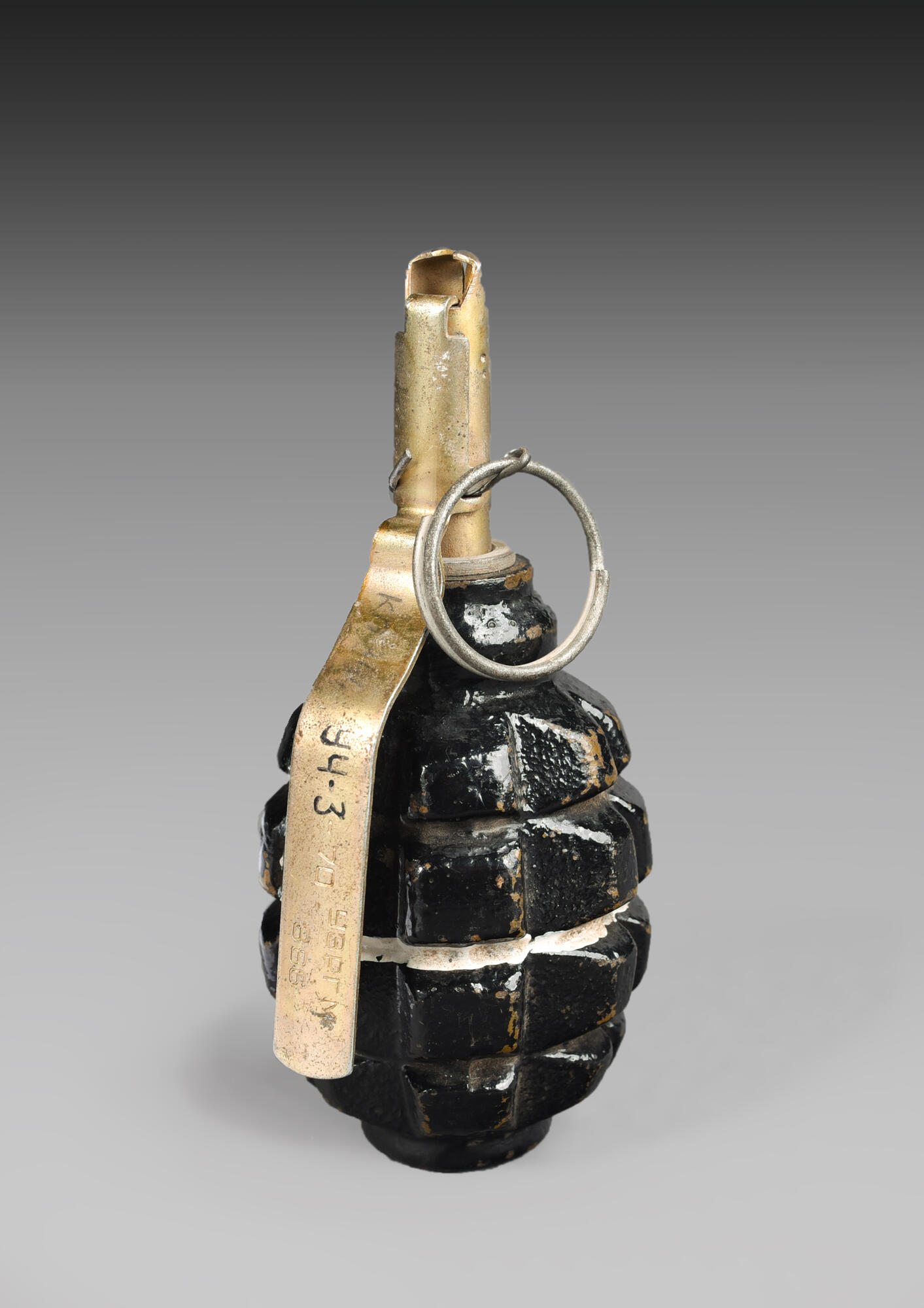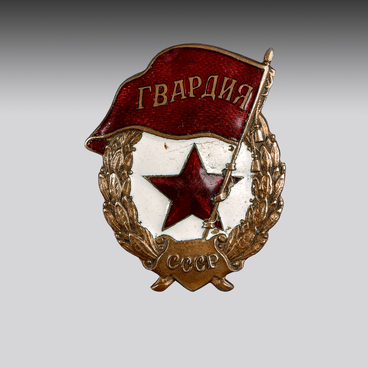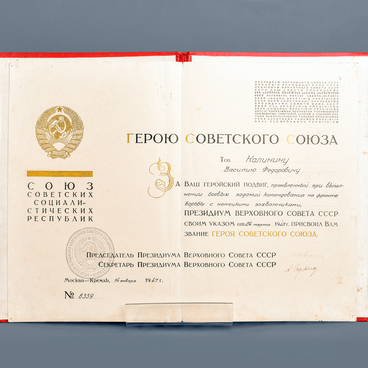During the Great Patriotic War, many defense plants that produced various types of weapons and ammunition were evacuated to the Kirov region. At that time, the Novovyatsky Mechanical Plant and the Lepse plant were producing F-1 grenades. They were designed to defeat the enemy’s manpower in a defensive battle.
The F-1 grenade is a type of hand antipersonnel fragmentation defensive grenade of remote action. Its prototype was the French F-1 fragmentation grenade, model of 1915. The Russian model was adopted by the Soviet Army in 1940.
In 1922, the Red Army used grenades of seventeen different types. However, at that time the Soviet Union had no fragmentation defensive grenades of its own production. The Mill’s system grenade was adopted, in extreme cases, the Soviet Union allowed the usage of French F-1 grenades to the soldiers. The French-style fuses were unreliable. Their cardboard cases did not provide tightness, and the detonation composition was damp, which led to massive failures of grenades or explosions in the hands. The engineers Fedor Koveshnikov and Fedor Khrameev modified this model.
The original design of the F-1 is considered very effective, so this grenade is still used today. The only element that has been modified several times to increase reliability is the design of the fuse.
The F-1 grenade consists of a body, a bursting charge, and a fuse. The body is made of cast iron and is equipped with longitudinal and transverse grooves, along which it is torn into fragments. In the upper part of the case, there is a threaded hole for screwing in the fuse. When storing, transporting, and carrying a grenade, this hole is closed with a plastic stopper.
Fragments from the F-1 grenade scatter in a radius exceeding the throw range — up to 60 meters. Therefore, it is necessary to throw it from cover or armored vehicles to protect yourself from accidental injuries.
In the 20th century, grenades were delivered to the soldiers in wooden boxes. The case handles, and fuses were stored separately in metal boxes. The walls and lid of the boxes were labeled to indicate the number of grenades in the box, their weight, manufacturer’s number, batch number, year of manufacture, and danger mark.
Soldiers carried grenades in special grenade bags. The fuses were placed in them separately: each of them was wrapped in paper or clean rags.
The F-1 grenade is a type of hand antipersonnel fragmentation defensive grenade of remote action. Its prototype was the French F-1 fragmentation grenade, model of 1915. The Russian model was adopted by the Soviet Army in 1940.
In 1922, the Red Army used grenades of seventeen different types. However, at that time the Soviet Union had no fragmentation defensive grenades of its own production. The Mill’s system grenade was adopted, in extreme cases, the Soviet Union allowed the usage of French F-1 grenades to the soldiers. The French-style fuses were unreliable. Their cardboard cases did not provide tightness, and the detonation composition was damp, which led to massive failures of grenades or explosions in the hands. The engineers Fedor Koveshnikov and Fedor Khrameev modified this model.
The original design of the F-1 is considered very effective, so this grenade is still used today. The only element that has been modified several times to increase reliability is the design of the fuse.
The F-1 grenade consists of a body, a bursting charge, and a fuse. The body is made of cast iron and is equipped with longitudinal and transverse grooves, along which it is torn into fragments. In the upper part of the case, there is a threaded hole for screwing in the fuse. When storing, transporting, and carrying a grenade, this hole is closed with a plastic stopper.
Fragments from the F-1 grenade scatter in a radius exceeding the throw range — up to 60 meters. Therefore, it is necessary to throw it from cover or armored vehicles to protect yourself from accidental injuries.
In the 20th century, grenades were delivered to the soldiers in wooden boxes. The case handles, and fuses were stored separately in metal boxes. The walls and lid of the boxes were labeled to indicate the number of grenades in the box, their weight, manufacturer’s number, batch number, year of manufacture, and danger mark.
Soldiers carried grenades in special grenade bags. The fuses were placed in them separately: each of them was wrapped in paper or clean rags.



